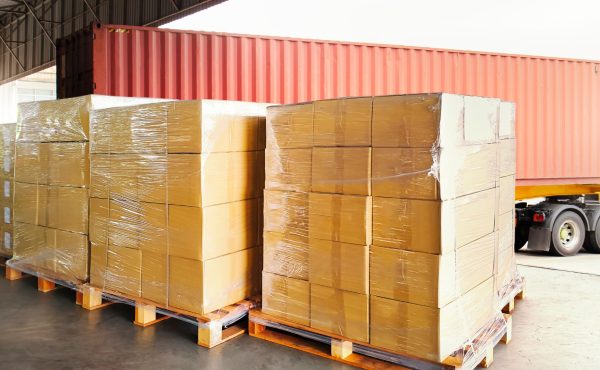The New ADR 2025: everything you need to know about implementation and enforcement
The European Agreement concerning the International Carriage of Dangerous Goods by Road, better known as ADR, is an international regulation that has governed the safe transport of dangerous substances by land for decades. This legal framework, which is applicable throughout Europe and in a number of participating countries, is updated every two years to adapt to technological advances, new materials on the market and the challenges posed by risk management in modern logistics.
The most recent version, known as ADR 2025, came into force on January 1, 2025, and compliance is mandatory as of July 1 of the same year, once the scheduled transitional period has expired. This new version introduces a number of changes that affect the classification of goods, as well as the way they are packaged, labelled, documented and transported.
One of the most relevant aspects of this update is the incorporation of new UN numbers, which enable emerging substances such as sodium-ion batteries, certain pyrotechnic devices, and chemical compounds that previously lacked a specific designation to be classified more precisely. These new codes not only improve product traceability, they also enable more appropriate transport conditions to be applied based on the products’ physical and chemical characteristics, which reduces the risk of accidents.
Exponential growth in the use of batteries in sectors such as automobiles and electronics has contributed significantly to this ADR revision. Batteries are subject to new specific regulations governing everything from the type of packaging permitted to the conditions for transporting them in vehicles. Special classifications have been introduced for electric vehicles, along with technical standards that specify the conditions for exemption from certain requirements when electrical or chemical risk is non-existent.
At the same time, the ADR 2025 provides clearer and more flexible coverage of issues related to the transportation of hazardous goods. The amendments included allow, for example, the controlled mixing of solid and liquid paint residues in the same packaging, provided that there are no chemical incompatibilities and the established safety requirements are met. In addition, a new form of transport has been defined for fiber-free asbestos waste, which requires two levels of containment, including hermetically sealed flexible packaging and placement in rigid metal containers. These measures aim to optimize waste logistics without compromising transport safety.
Another important new feature of ADR 2025 is an update of multiple packing instructions, both for combined packages and for bulk transport. Some of these instructions directly affect newly classified substances, such as certain pyrotechnic products and large batteries. These substances must now be transported in rigid containers that are designed to withstand high temperatures and impacts. The use of plastic bags as the only protective measure is expressly prohibited. The technical requirements for vehicles transporting dangerous goods in bulk have also been reinforced to include internal fastening elements, ventilation systems and spill prevention measures.
Changes have also been introduced in more administrative and formal aspects, such as the wording of the transport documentation or the definition of how full the containers should be. This last concept, in particular, has been clarified to avoid confusion between the transportation of liquids and gases, establishing specific parameters for each case. New requirements have also been introduced for packaging made from recycled plastics, which must meet traceability and quality standards to ensure their resistance in adverse conditions.

Documents required according to ADR 2025
The ADR 2025 requires a more rigorous description of the goods and their characteristics, especially in the case of waste. It includes new provisions on how to show the compatibility of the materials, and the type of packaging used. It also establishes that all ADR documentation must be physically available in the cab of the vehicle, a measure aimed at facilitating control and action in the event of an incident on the road.
The impact of the ADR 2025 on the logistics sector is very significant. Carriers, shippers, warehouse operators, trainers, and safety advisors must review their procedures and adapt to these new regulations. At Logisber, we specialize in the transport of dangerous goods by road. Our team rigorously applies ADR in all freight forwarding operations, combining experience, ongoing training, and a firm commitment to safety and traceability. If your company needs a strategic partner for transporting sensitive goods with all the legal and operational guarantees required at European level, contact Logisber now.
Categorías
Compartir









